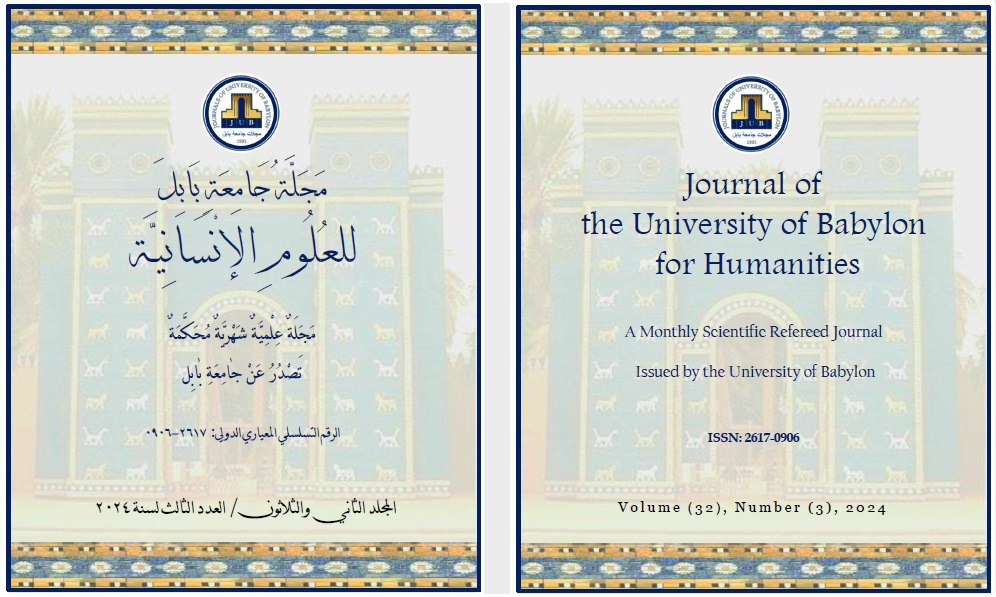Feminizing Nazik Al-Mala’ika in Modern Arabic Criticism
Main Article Content
Abstract
This paper is an attempt by Cultural Criticism, in a way that is almost a “coincidence” to do justice to Nazik Al-Mala’ika, after being subjected to some severe attacks by aesthetic criticism, at the hands of critics who did her wrong, as stated by Jabir Asfoor. When I say Cultural Criticism, I mean the stage in which this approach, vision or mechanism started to loom large in the arena of modern Arabic criticism. The critic does not necessarily need to be a cultural critic to be fair. On the contrary, cultural criticism is basically looking after the gruesome aspects, after aestheticism has been looking for shining aspects in literature. And to be fair, this paper is not concerned with the hideousness or aesthetics of Nazik Al-Mala’ika. Rather, it is concerned with reading the critics who viewed her from a cultural perspective, or at least, the researcher believes that the vision of the critic is an implied cultural one, albeit unannounced, as with Jabir Asfoor. However, this does not apply to Al-Ghathami nor Al-Sultan, who tackled Nazik Al-Mala’ika on the basis of a well-informed cultural vision. This paper is a reading in three books of criticism: Tahawualtun Shi’riyyia [Poetic Transformation] by Jabir Asfoor; Ta’neethu Al-Qasida wa Al-Qari’u Al-Mukhtalif [Feminizing the Poem and the Different Reader] by Abdulla Ghathami; and Nazik Al-Mala’ika bayn Al-Kitabiyyati wa Ta’neethu Al-Qasida [Nazik Al-Mala’ika between the Writing Process and Feminizing the Poem] by AbdulAdheemAl-Sultan. The paper found out that an implied pattern interspersed in their critical writing, which is an attempt to redress Nazik Al-Mala’ika by means of “feminizing” her.
Article Details
Issue
Section

This work is licensed under a Creative Commons Attribution 4.0 International License.

